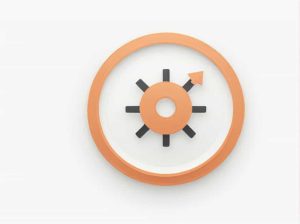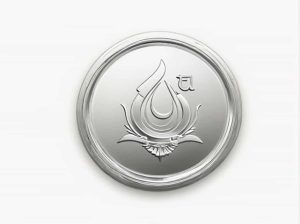Open Market Operations (OMO) and Quantitative Easing (QE) are two crucial monetary policy tools used by central banks to regulate money supply control inflation and stabilize financial markets. While both aim to influence liquidity and interest rates they differ in scope purpose and implementation.
In this topic we will explore the meaning of Open Market Operations and Quantitative Easing their differences and their impact on the economy.
What Are Open Market Operations (OMO)?
Open Market Operations refer to the buying and selling of government securities by a central bank such as the Federal Reserve in the U.S. or the Reserve Bank of India (RBI). The goal is to regulate the money supply in the economy.
How Open Market Operations Work
Central banks conduct OMO in two ways:
-
Buying Government Securities (Expansionary OMO):
- When the central bank purchases government bonds from the market it injects liquidity into the banking system.
- More money in circulation leads to lower interest rates encouraging borrowing and investment.
-
Selling Government Securities (Contractionary OMO):
- When the central bank sells bonds it absorbs excess liquidity from the market.
- This reduces the money supply increases interest rates and controls inflation.
Impact of Open Market Operations
- Influences short-term interest rates.
- Regulates money supply to maintain economic stability.
- Controls inflation and deflation through liquidity management.
What is Quantitative Easing (QE)?
Quantitative Easing is an unconventional monetary policy used when interest rates are already near zero and traditional Open Market Operations are no longer effective. It involves large-scale purchases of financial assets including government bonds mortgage-backed securities and corporate bonds.
How Quantitative Easing Works
- The central bank creates money electronically and uses it to purchase long-term financial assets.
- This increases liquidity in the banking system encouraging lending and investment.
- Lower interest rates stimulate economic growth by making borrowing cheaper.
When is Quantitative Easing Used?
- During periods of economic crisis or recession.
- When inflation is too low and economic growth is slow.
- When traditional monetary policies like OMO are insufficient.
Impact of Quantitative Easing
- Stimulates economic activity by lowering long-term interest rates.
- Boosts asset prices including stocks and real estate.
- Encourages lending and business expansion.
- Weakens the currency making exports more competitive.
Key Differences Between Open Market Operations and Quantitative Easing
| Aspect | Open Market Operations (OMO) | Quantitative Easing (QE) |
|---|---|---|
| Purpose | Regulate short-term interest rates and liquidity | Stimulate economic growth during crises |
| Scope | Normal monetary policy tool | Unconventional policy used in extreme situations |
| Assets Purchased | Government securities (short-term bonds) | Government and private securities (long-term assets) |
| Impact | Manages inflation and interest rates | Increases money supply and supports economic recovery |
Benefits and Risks of Open Market Operations and Quantitative Easing
Benefits
✅ Provides liquidity to financial markets.
✅ Stabilizes inflation and interest rates.
✅ Encourages investment and economic growth.
✅ Prevents financial crises by managing liquidity.
Risks
⚠️ Excess liquidity can lead to inflation.
⚠️ Low interest rates may encourage excessive borrowing and asset bubbles.
⚠️ Quantitative Easing can weaken the currency making imports expensive.
⚠️ Difficult to reverse policies without market disruptions.
Real-World Examples of Open Market Operations and Quantitative Easing
Example of Open Market Operations
- The Federal Reserve regularly conducts OMO to adjust the federal funds rate.
- In 2019 the Reserve Bank of India (RBI) used OMO to inject liquidity and boost economic growth.
Example of Quantitative Easing
- The U.S. Federal Reserve launched QE during the 2008 financial crisis purchasing trillions in assets to prevent economic collapse.
- The European Central Bank (ECB) and Bank of Japan also used QE to combat deflation and stimulate growth.
Both Open Market Operations and Quantitative Easing play vital roles in monetary policy. OMO is a routine tool to manage short-term liquidity while QE is an emergency measure used to support the economy during crises. While effective these policies come with risks and central banks must carefully balance their implementation to maintain financial stability.



